

Real-time response to business threats. Integrate security and IT with a risk management approach that includes ongoing monitoring, prioritizing, and automation.
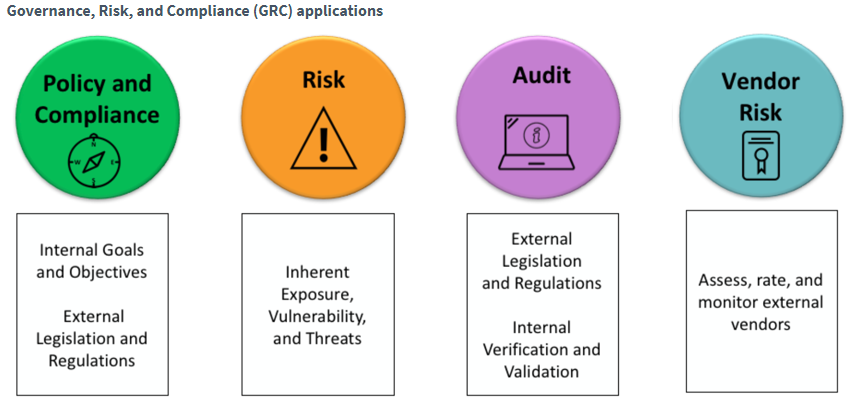
GRC (Governance, Risk, and Compliance) from ServiceNow helps you turn inefficient procedures throughout your whole organization into an integrated risk program. The GRC apps provide a real-time picture of compliance and risk, enhance decision making, and boost performance throughout your company and with vendors through continuous monitoring and automation.
Only ServiceNow apps provide an integrated risk framework that converts manual, siloed, and wasteful procedures into a unified program based on a single platform.
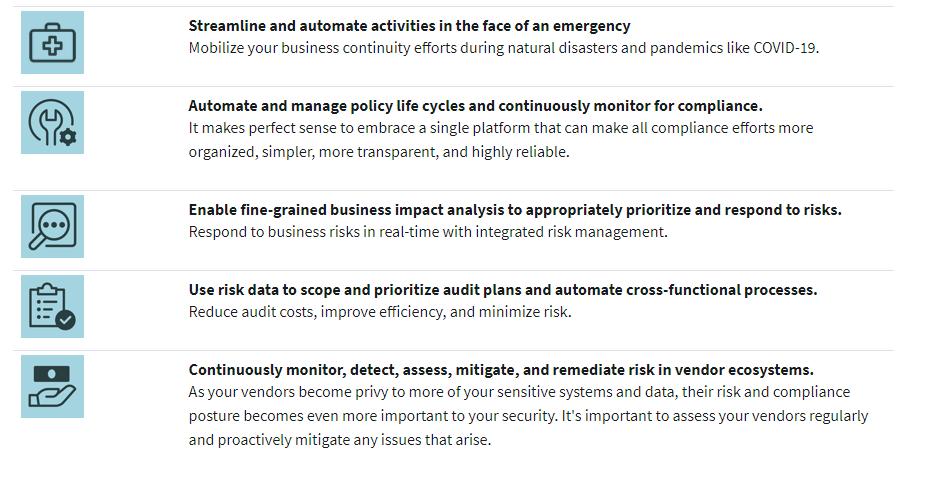
The ServiceNow® Policy and Compliance Management solution allows you to create and manage policies, standards, and internal control processes all in one place. The method is automatically cross-mapped to external regulations by the process. The program also includes organized procedures for identifying, evaluating, and continuously monitoring control actions.
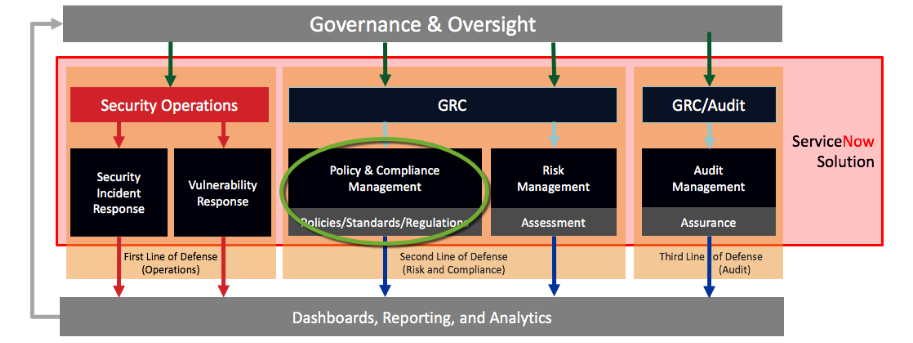
The ServiceNow Risk Management solution offers a centralized method for identifying, assessing, responding to, and constantly monitoring Enterprise and IT risks that might have a detrimental impact on company operations. Risk assessments, risk indicators, and risk concerns are all managed through defined processes in the program.
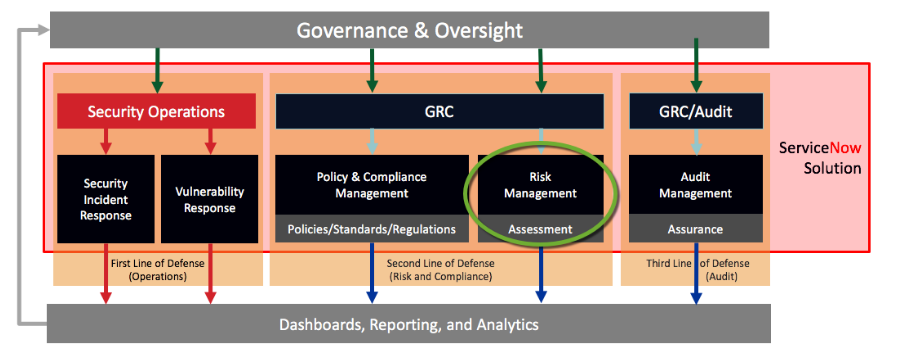
Internal audit teams' workstreams are automated by the ServiceNow Audit Management solution, which optimizes resources and efficiency while avoiding repeated audit findings. Compliance and risk data are used by Audit Management to define, schedule, and prioritize audit engagements. The continual examination of policies and procedures, risks, and control failures allows concerns to be addressed before they become audit failures.
Customers may use the ServiceNow Regulatory Change Management tool to monitor future regulatory changes, evaluate their effectiveness, and execute risk and compliance-related adjustments, assuring overall regulatory compliance.
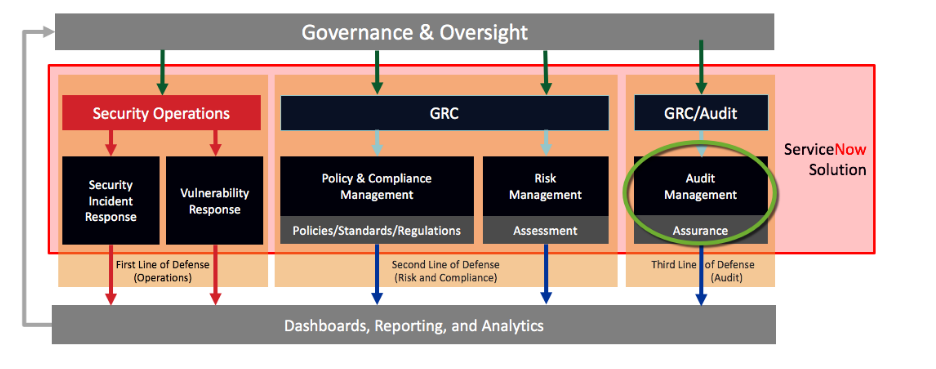
Your suppliers' risk and compliance posture become increasingly more critical to your security when they get access to more of your sensitive systems and data. It's critical to evaluate your vendors regularly, but doing so has traditionally been a time-consuming and error-prone process involving spreadsheets, email, and primitive outdated risk management systems.
Through critical vendor risk and problem reporting, an uniform assessment and remediation process, and automated assessment methods, the Vendor Risk Management application improves the way you manage vendor risk. It allows stakeholders to connect more easily, increase openness and accountability, and better manage vendor-related risks.
You may develop an essential integrated view of risk and a stronger extended business risk posture by connecting Vendor Risk Management with overall enterprise risk management goals.
Each of the four major Governance, Risk, and Compliance apps has its own set of capabilities and features. Furthermore, several functionalities are shared by all GRC programs.
The ServiceNow® mobile application, for example, may execute GRC apps. Multiple GRC software provides content packs and connections. This section also contains information such as domain separation support levels.
Directly from your mobile device, manage your work, job assignments, requests, approvals, and other follow-up activities for GRC apps. Receive alerts for current alerts, as well as risk and compliance status for your key assets, vendors, and impacted vital business services, in real-time.
The words listed below are used in GRC applications and/or the GRC business.
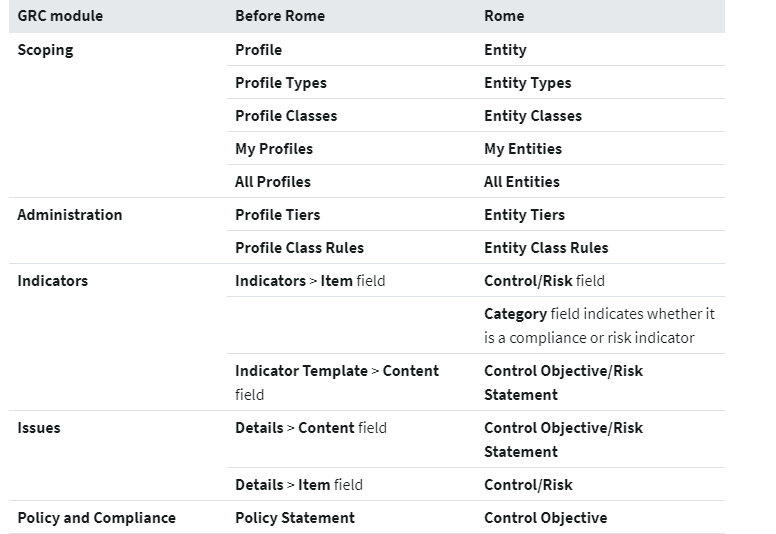
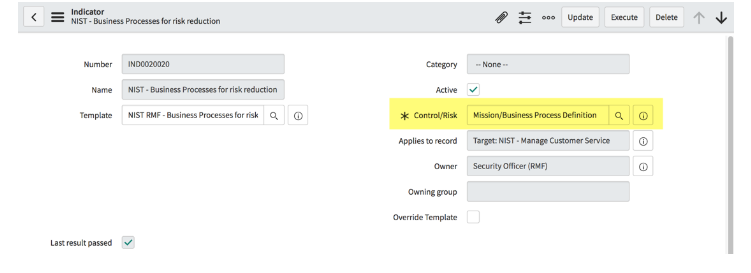

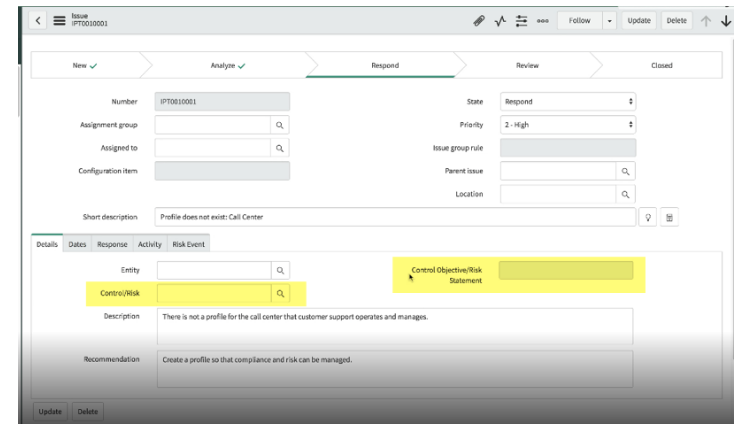
The typical GRC characteristics under Policy and Compliance and Risk Management are listed below.
In GRC, there are a few common roles that are utilized across various products.
Pre-defined scopes, particular rules, controls, risks, audits, test plans, dashboards, and reports are all examples of content packs that provide clients a leg up on the competition when it comes to implementing various regulations and frameworks.
Exceptions in Governance, Risk, and Compliance can be seen and updated.
It is important for organizations to rapidly detect and fix major business process issues before they become a problem, therefore report exceptions. Using exceptions to control mistakes provides many benefits over standard error-handling methods.
Integrations extend the functionality of ServiceNow® GRC by allowing users to connect to third-party applications.
Pre-defined scopes, particular policies, controls, risks, audits, test plans, dashboards, and reports are examples of use case accelerators that provide clients a leg up on the competition when it comes to implementing various regulations and frameworks.
GRC content packs, integrations, use case accelerators, and any new rules that utilize those records may all be tagged in GRC applications. You may filter the content reference tags once the records have been tagged to see which records are utilized in each application.
This is an overview of domain separation and the applications for Governance, Risk, and Compliance. You may divide your data, processes, and administrative responsibilities into logical domains using domain separation. You may then manage many features of the separation, such as which users have access to data and which people can view it.
Each of the key GRC apps supports entity scoping. Scoping is a method of allocating risks and controls at several levels. The dependency map in the GRC Workbench is used to build dependencies.
The GRC Application Risk and Compliance Overview Dashboard displays the most up-to-date risk and compliance information for corporate business apps.
Planning audit engagements, performing engagements, and reporting findings to the audit committee and executive board are all part of the ServiceNow® Audit Management application. The effectiveness of the organization's risk and compliance management plan is ensured via engagement reporting.
Internal audits, resource planning, and scope engagements are all possible with the Audit Management solution. Auditing operations, reviewing continuous monitoring data, and reporting conclusions are also available.
The ServiceNow Storehouses all GRC applications, allowing you to get new and updated functionality more quickly. You must first verify that you are entitled to use any GRC apps before you may use them (that is, you have valid licenses to use them). Then you may activate them by downloading them from the ServiceNow Store.
Whether you're downloading a product for the first time, updating a product you already got from the ServiceNow Store or upgrading from one family version to the next, the method you take to get GRC products varies.
following a disruptive incident, the ServiceNow® Business Continuity Management (BCM) solution enables your business to continue to offer goods and services at an acceptable level. The typical cost of one minute of delay or business disruption is a significant financial loss. As a result, the application's continual set of actions is focused on lowering the risk your company faces and improving your organization's capacity to adapt, react, and recover from difficulties and interruptions.
To relieve the interruption to your company, maintain operations, and offer your business services during a disruption, the BCM application contains the following four primary functional components.
It assists you in prioritizing and compiling a list of important services, processes, business applications, third-party apps, and locations. BIA may also assist you in identifying high-risk assets and failures that could have a significant impact on your organization.
Allows you to create disaster recovery and continuity strategies for all essential business operations and IT functions. Disaster recovery allows you to safeguard, recover, and restore your organization's essential data and technology systems in the event of a disaster. Create a business continuity strategy for each operation as well.
Helps you validate the business continuity plans you established through continuous testing, and then improve the plans' efficacy and usefulness during a simulated and real-life disaster.
When the real crisis occurs, it will assist you in focusing on the appropriate course of action and implementing the appropriate plan to reduce the negative impact of a business system disruption.
BCM has a policy that specifies the goal, governance model, and structure for implementing and maintaining a BCM program effectively. This policy relates to a company's primary activity. The functional components of BCM work together within the framework to respond to a crisis in a synergistic manner and to execute end-to-end key activities to minimize the impact on workers, businesses, and consumers.
BCM program planning describes a set of program life-cycle activities that are planned and mapped out as part of the BCM program framework.
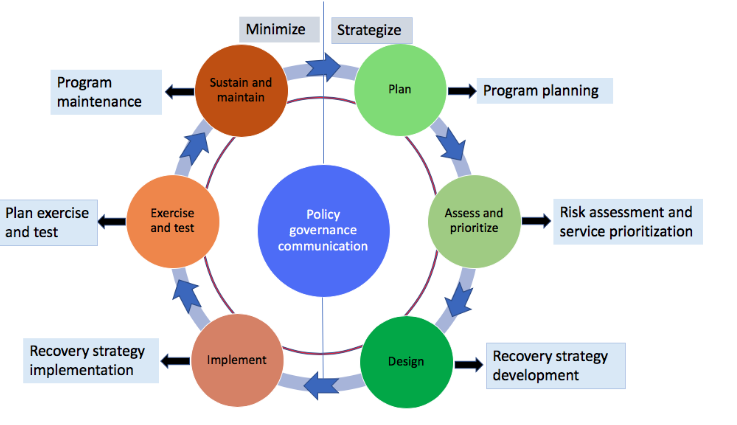
Every beautiful relationship starts with a simple hello. So let’s chat. It might just be the start of something memorable.

